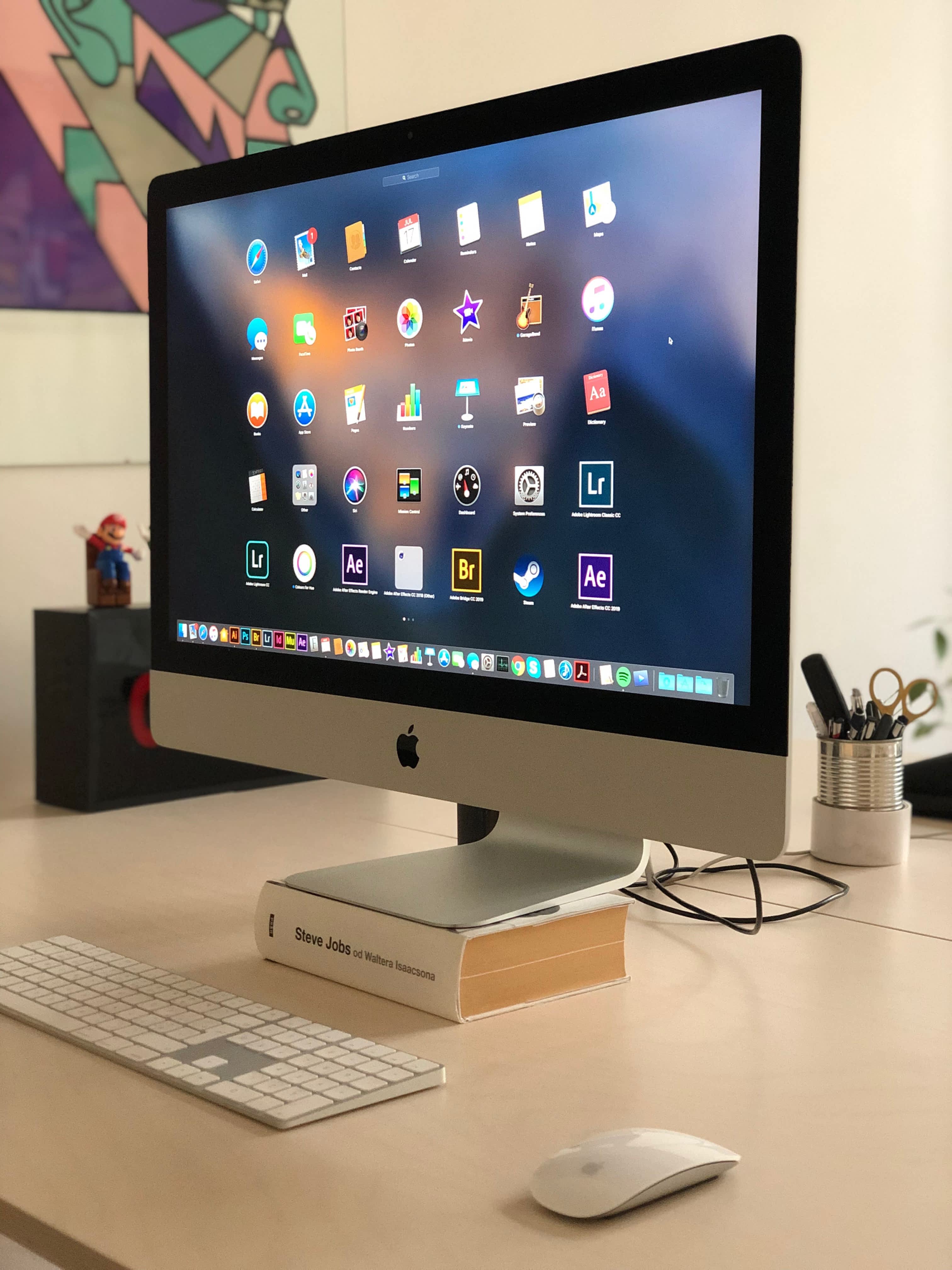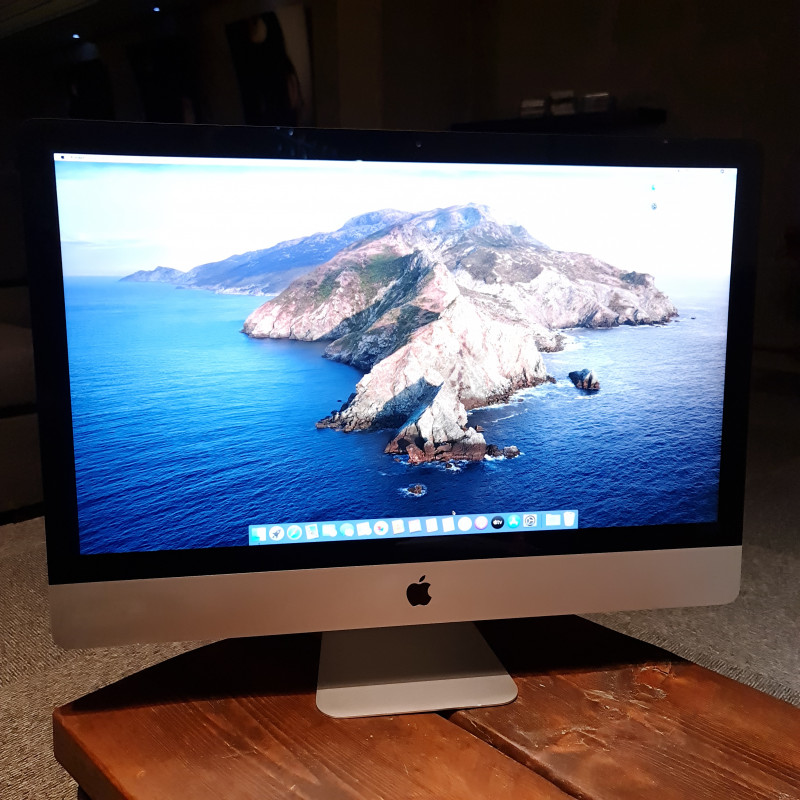
See About the Firmware Restoration CD (Intel-based Macs) for more details. Three short tones, three long tones, three short tones (this is morse code for SOS): This means that a firmware restoration from CD in process. See About firmware updates for Intel-based Macs for more details.

One long tone when holding down the power button Firmware upgrade in process. Do you have the correct specification memory? If so, contact your memory supplier. This means that there is a problem with your RAM. Three successive tones, a five-second pause, three successive tones: RAM does not pass data integrity check. You will need to check that you pushed those modules into place properly - it’s an easy mistake to make. One tone, a five-second pause, repeat: means that there is no RAM installed.

By listening to the tones, you can determine the problem: If you receive a tone on start up this is telling you that there is a problem. When your iMac starts up it goes through a procedure known as POST, or Power-On Self-Test. Tip: Most readers can skip this section, but it’s worth knowing what’s wrong when your iMac won’t boot after installing new memory Once you have ordered and received the correct memory, we are ready to begin. Use Small Outline Dual Inline Memory Modules (SO-DIMM) that meet all of these criteria: iMac (Late 2009)Īlternatively, the easy way is to visit a supplier such as Crucial and use their memory finder tool to determine the correct memory for your Mac.

The procedure for the 21.5” and 27” late–2009, mid–2010 and mid–2011 models is the same, though the memory specification is different. The standard onboard memory is 4GB and the machines can be upgraded to 16GB. This article uses an iMac 27” late–2009 as an example. Still, increasing the available memory will allow you to comfortably run more programs simultaneously and can contribute to the efficient performance of your machine. Generally speaking, Macs come pretty well equipped in terms of memory, with most modern Macs shipping with a minimum of 4GB. For the rest of us, there’s the DIY route, which can end up saving a bundle and perhaps even endowing us with a sense of warmth and fulfillment. If you are cash-rich and time-poor, Apple will allow you to configure your Mac with more memory… at a cost.


 0 kommentar(er)
0 kommentar(er)
